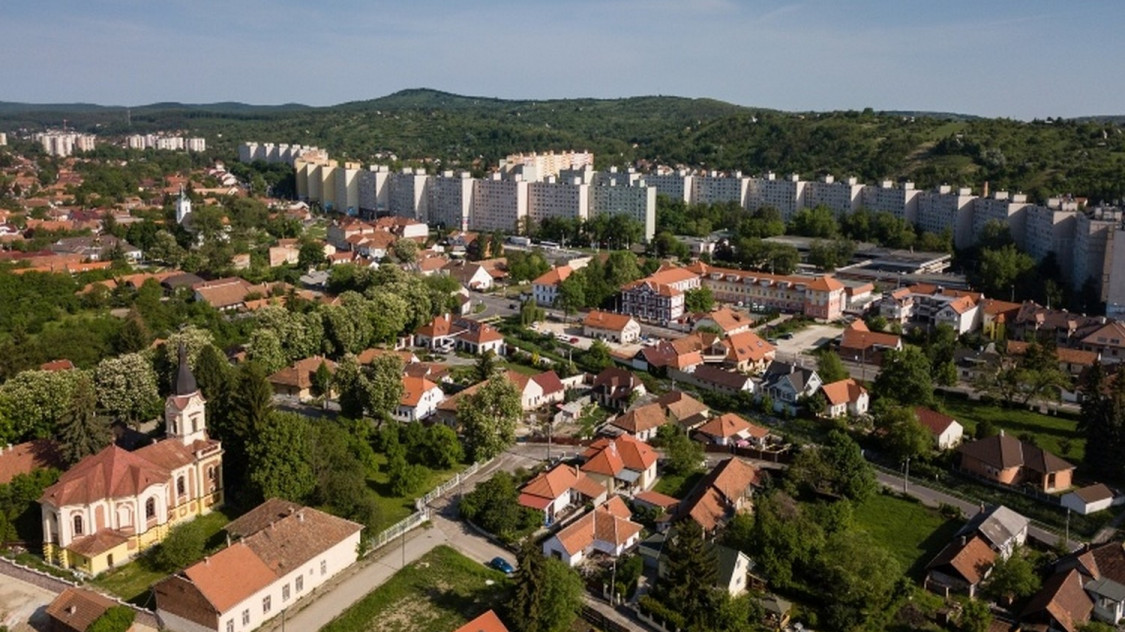
Despite a shrinking population, Hungary’s cities are growing faster than ever, swallowing up valuable farmland and natural areas. So, what’s fueling this surprising expansion? A recent study reveals two major forces behind this urban sprawl: government-led industrialization and housing policies aimed at boosting family development.
The Paradox: Why Are Cities Growing While the Population Shrinks?
While most countries see cities grow to accommodate rising populations, Hungary is experiencing the opposite: cities are expanding even as the population declines. Since 1990, Hungary has lost nearly 800,000 people. Yet, cities like Debrecen, Győr, and Pécs continue to grow, with large tracts of agricultural land turned into industrial parks and housing developments. This puzzling trend raises serious questions about the future of Hungary’s land and environment.
The Two Key Drivers: Industrialization and Housing Policy
- Industrialization Boom: Hungary’s push for reindustrialization is one of the biggest drivers of land use change. Since the early 2010s, the government has made attracting multinational companies, particularly in automotive and manufacturing sectors, a priority. This has led to the rapid construction of factories and industrial zones, especially in Hungary’s regional cities. These developments come at a heavy cost: agricultural land is disappearing, replaced by sprawling industrial complexes.
- Housing Expansion: Government policies to boost the birth rate and support families have also contributed to the problem. Programs like the Family Housing Allowance (FHAP) offer large financial incentives for families to build or buy homes. As incomes rise, so does the demand for larger homes, pushing residential development into previously untouched farmland. Cities are expanding outward, leading to urban sprawl that is hard to contain.
What’s at Stake: The Costs of Urban Sprawl
The unchecked expansion of urban areas has serious consequences:
- Loss of Farmland: Hungary’s fertile agricultural land is being lost at an alarming rate. Between 2006 and 2018, vast areas were converted into industrial and residential spaces. This loss threatens food security and the sustainability of Hungary’s agricultural sector.
- Environmental Damage: The conversion of natural and agricultural land into built environments increases pollution, reduces biodiversity, and intensifies the urban heat island effect—making cities hotter and more vulnerable to climate change.
- Rising Costs for Cities: Extending infrastructure such as roads, utilities, and public services to new developments puts a strain on municipal budgets. The cost of maintaining these services in sprawling urban areas can be unsustainable, diverting resources from other critical needs like healthcare and education.
Can Climate Strategies Save Hungary’s Cities?
Many Hungarian cities have introduced local climate strategies, promising to curb urban sprawl and protect the environment. But the study shows these strategies often fall short. Why? Because national government policies, focused on economic growth through industrialization, often override local environmental priorities.
In cities like Debrecen, local governments may have climate action plans in place, but they lack the power to stop the government from designating large areas for industrial development. The result? Climate strategies become little more than symbolic documents, with little real impact on slowing urban sprawl.
What Can Be Done: Strategies for a More Sustainable Future
The study proposes several ways Hungary can tackle excessive land use and make its cities more sustainable:
- Focus on Brownfield Development: Instead of building on new land, cities should focus on redeveloping previously used land, like old industrial sites. This would reduce the need for expanding into agricultural areas and help rejuvenate neglected parts of the city.
- Empower Local Governments: Local authorities need more decision-making power when it comes to land use. Restoring full control to municipalities would allow them to block developments that harm the environment or go against local goals for sustainability.
- Adopt the Compact City Model: Encouraging denser, more efficient urban development is key to reducing sprawl. By focusing on developing within existing city limits and increasing the density of residential areas, Hungary can grow its cities without expanding outward into valuable green spaces.
Conclusion: Balancing Growth with Sustainability
Hungary’s rapid urban expansion offers valuable lessons for other countries grappling with urban sprawl. The study makes it clear that while economic growth is important, it should not come at the expense of the environment. By adopting smarter, more sustainable land use practices and giving local governments the power to make meaningful decisions, Hungary can strike a balance between growth and environmental protection.
If the country continues down its current path, Hungary risks losing its agricultural heritage and damaging its ecosystems beyond repair. But with the right policies in place, there is still time to protect its land for future generations.
*This blog post is based on the research paper „A sacrifice for the greater good? On the main drivers of excessive land take and land use change in Hungary,” published in Land Use Policy, Volume 147, December 2024.

